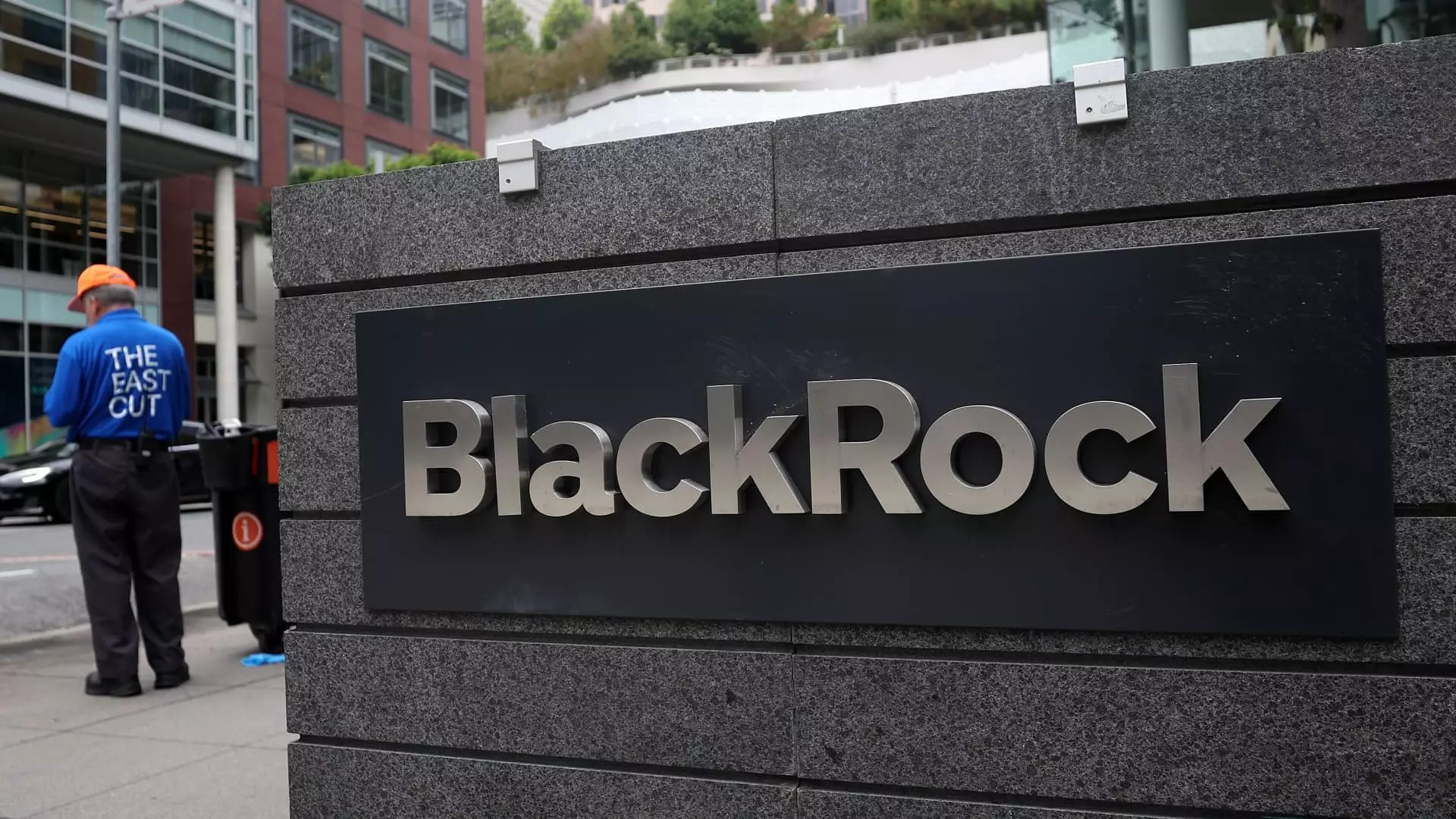It’s no secret that the airline industry has been buffeted by unforeseen circumstances, but at the forefront of this catastrophe is Frontier Airlines, whose shares recently plummeted by a staggering 11%. This decline is disheartening yet instructive. The company abruptly slashed its first-quarter forecast and pulled its full-year outlook. The culprits? Weaker-than-expected demand and ominous economic uncertainty. The message here couldn’t be clearer: even established companies with a track record can falter in today’s unpredictable market landscape.
There’s a moral fraught within the chaos of Frontier’s situation: reliance on the momentum of past success can blind organizations to emerging trends and consumer sentiments. This abrupt pivot may not only impact investors but also pose questions about the airline’s future strategy and its ability to adapt in a continuously evolving environment. Frontier serves as a benchmark cautionary tale about agility (or the lack thereof) in corporate strategy.
Stellantis: A Brand in Transition
Moving to the automotive sector, Stellantis has faced its own set of challenges with shares slipping around 1%. The company reported a 9% decline in global shipments, underscored by lower production in North America and substantial holiday downtime. For any company anchored in a historical legacy, there’s often a hesitance to adapt quickly to changing consumer preferences and market conditions. Stellantis’ struggle suggests a need for a philosophical shift that embraces innovation and flexibility.
In an industry dominated by quick turnarounds and technological advancements, such stagnation can lead not only to diminished revenue, but to serious reputational damage. Consumers gravitate towards brands that not only offer quality but also reflect adaptability and forward-thinking. It begs the question: how long can a company rest on its laurels before the foundations start to erode?
The Resilience of Financial Giants: JPMorgan and Morgan Stanley
On a more optimistic note, JPMorgan has become a beacon of hope amid the turbulence, with a robust revenue report that exceeded expectations by over two billion dollars. The stock surged more than 3% as investors latched onto its success. However, caution is warranted; CEO Jamie Dimon warned of “considerable turbulence” ahead for the U.S. economy.
But it’s Morgan Stanley that captivates attention by eking out less than a 1% rise, despite revealing impressive first-quarter results. Such tepid growth, even in the face of strong earnings, raises eyebrows and signals a complex relationship between performance metrics and market perceptions. Are investors becoming so jittery that they can’t see the forest for the trees?
Wells Fargo and the Dilemma of Missed Expectations
In contrast, Wells Fargo’s shares suffered a near 2% dip despite a 16% year-over-year earnings increase. With revenue unsettled against heightened analyst expectations, the stark reality of market fluctuations has manifested painfully for shareholders. The expectation bar is precariously high, particularly for established entities like Wells Fargo, underscoring the shifting dynamics in investor sentiment.
This presents an interesting case study: how much does perception matter in the financial sector? While earnings are fundamentally paramount, market reactions frequently hinge on the broader context—providing a lesson in the peril of missed expectations, which can alienate even the most loyal investors.
The Gold Standard Amidst Economic Uncertainty
Interestingly, amidst this harrowing trading landscape, gold producers like Barrick Gold and Newmont Corp. experienced rallies of over 7% and 8%, respectively. This suggests that, when economic adversity strikes, investors gravitate towards traditionally “safe” assets such as gold. The allure of stability in an otherwise turbulent market cannot be overstated.
Amidst volatility, such instances serve as critical reminders that diversification remains key. An investment portfolio that leans solely on stocks may expose investors to unnecessary risk, while those who remain open to varied asset classes like precious metals can fortify themselves against unforeseen downturns.
Apple’s Strategic Calculations
Lastly, one cannot ignore the spectacle of Apple, whose shares surged almost 4% amidst rising tensions concerning tariffs on Chinese imports. While the Cupertino giant has proven resilient in the face of adversity, the looming specter of increased prices could alter consumer behavior dramatically. The question remains: can a brand this powerful mitigate external pressures indefinitely?
In these frenetic midday trading dynamics, it’s crucial to identify not just instabilities but the lessons embedded in them. Turmoil has a way of exposing weaknesses—be it in companies, markets, or even investors. It leads to one enlightening conclusion: adaptability, foresight, and a willingness to pivot are essential traits for survival in a world rife with turbulence.


Leave a Reply